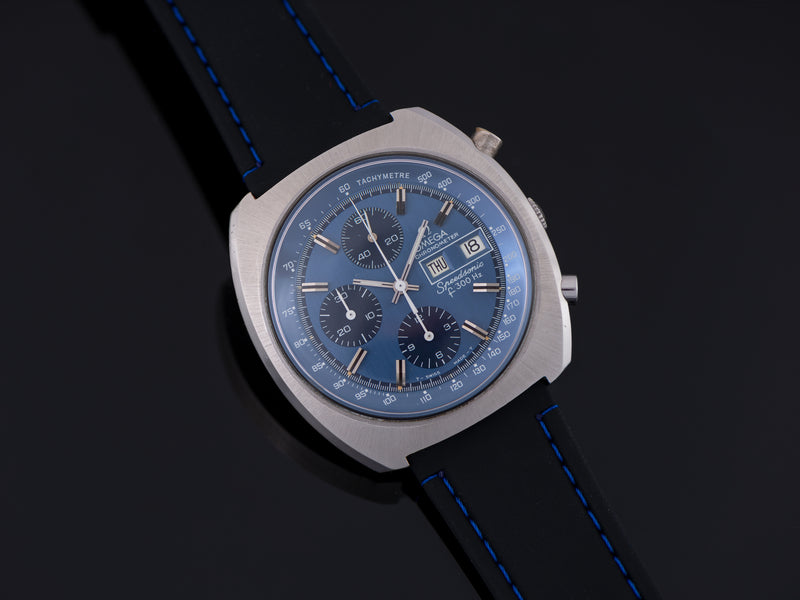

A tuning fork type resonator as claimed in claim 1 wherein the first masses have a width dimension in the width direction of the arms such that addition or reduction of the first masses over the width of the arms effects no frequency change of the torsional mode.ġ6. A tuning fork type resonator as claimed in claim 13 wherein the first masses are positioned between a vibrational node of the second flexural mode of vibration and the fixed ends of the arms.ġ5. A tuning fork type resonator as claimed in claim 1 wherein the flexural mode is the second mode of vibration and the torsional mode is the fundamental mode of vibration of the tuning fork arms.ġ4. A tuning fork type resonator as claimed in claim 1 wherein both the flexural mode and the torsional mode are the fundamental modes of vibration of the tuning fork arms.ġ3.
#Tuning fork watch free#
A tuning fork type resonator as claimed in claim 1 wherein the second masses are deposited at the free end portions of the arms in the lengthwise direction thereof.ġ2. A tuning fork type resonator as claimed in claim 1 wherein the first masses are deposited near the center of the tuning fork arms in the lengthwise direction thereof.ġ1. A tuning fork type resonator as claimed in claim 2 wherein the first and second masses are isolated from electrodes disposed on surface portions of the resonator.ġ0. A tuning fork type resonator as claimed in claim 2 wherein the first masses have a width dimension in the width direction of the arms such that addition or reduction of the first masses over the width of the arms effects no frequency change of the torsional mode.ĩ. A tuning fork type resonator as claimed in claim 6 wherein the first masses are positioned between a vibrational node of the second flexural mode of vibration and the fixed ends of the arms.Ĩ. A tuning fork type resonator as claimed in claim 2 wherein the flexural mode is the second mode of vibration and the torsional mode is the fundamental mode of vibration of the tuning fork arms.ħ. A tuning fork type resonator as claimed in claim 2 wherein both the flexural mode and the torsional mode are the fundamental modes of vibration of the tuning fork arms.Ħ.

A tuning fork type resonator as claimed in claim 2 wherein the second masses are deposited at the free end portions of the arms in the lengthwise direction thereof.ĥ. A tuning fork type resonator as claimed in claim 2 wherein the first masses are deposited near the center of the tuning fork arms in the lengthwise direction thereof.Ĥ. A tuning fork type resonator as claimed in claim 1 wherein the resonator is composed of quartz crystal.ģ. A tuning fork type resonator utilizing coupling between the flexural mode of vibration and the torsional mode of vibration, comprising: a tuning fork body having a pair of vibratable arms a first mass deposited on an intermediate portion between the free end and the fixed end of each arm, the first masses being positioned on the intermediate portions of the arms at positions wherein addition or reduction of the amount of the first masses does not effect a change of the frequency of the torsional mode of vibration and does effect a variation of the frequency of the flexural mode of vibration and a second mass deposited at least on one other portion of each arm, the second masses being positioned at positions wherein addition or reduction of the amount of the second masses effects a variation of the frequency of the torsional mode of vibration.Ģ.


 0 kommentar(er)
0 kommentar(er)
